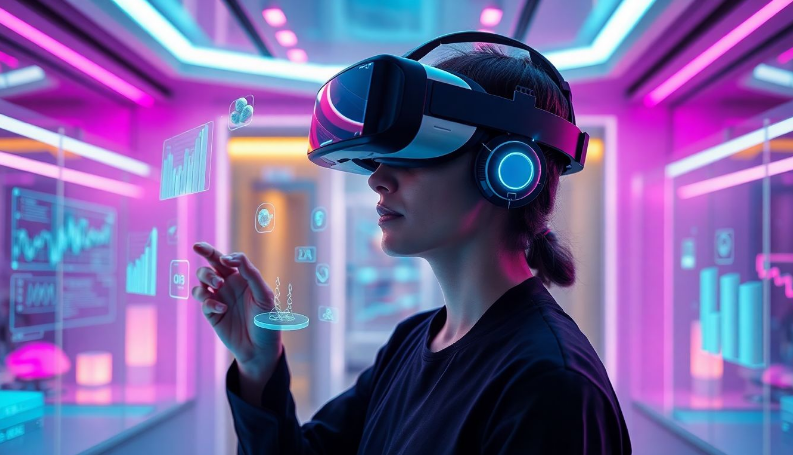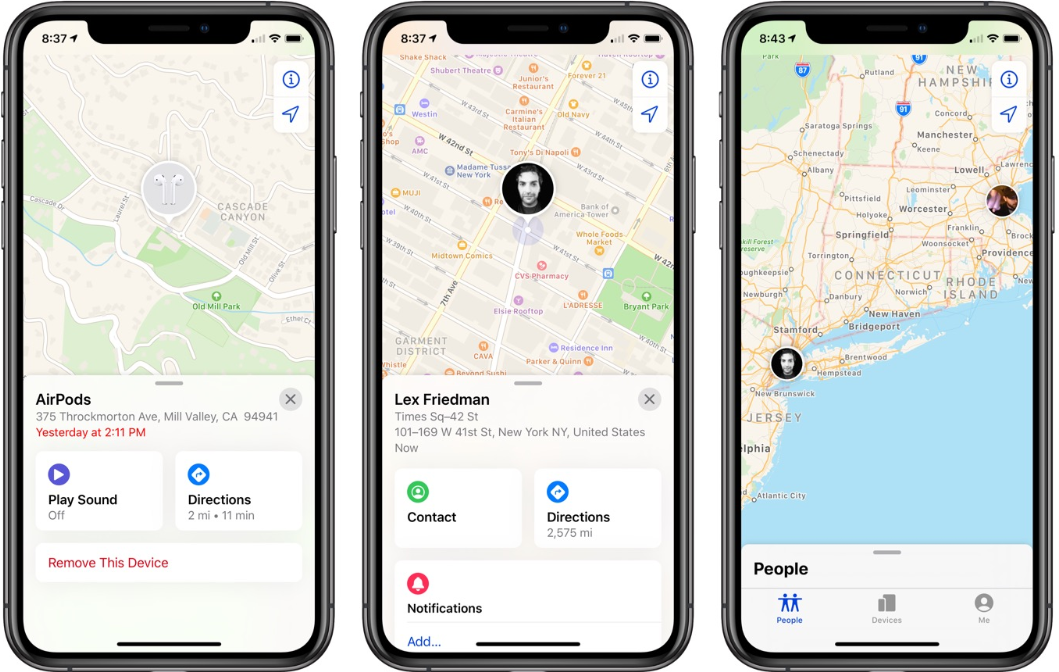Ultimate Guide to Mixed Reality Headsets: Transforming the Future of Digital Interaction

Mixed reality (MR) headsets are making a huge splash today. These devices are changing how we work, play, and learn. Big companies are investing millions into MR to boost productivity and creativity. Whether gaming, surgery, or remote meetings, mixed reality is everywhere. This guide dives into what MR headsets are, which ones lead the market, and what’s coming next. If you want to understand the state of MR tech, you’re in the right place.
What Is a Mixed Reality Headset? Understanding the Basics
Definition and Key Concepts
Mixed reality blends the real world with digital images. It’s like standing in your room while seeing 3D holograms floating around. Unlike VR (Virtual Reality) that blocks everything out or AR (Augmented Reality) that just adds info on screens, MR mixes both. It creates a space where digital objects and real objects coexist and interact.
How Mixed Reality Works
MR headsets use sensors, cameras, and powerful processors. These work together to scan your environment. The device maps the room in 3D and tracks your movements. As a result, digital objects stay fixed to real surfaces and change as you move. For example, you can place a virtual chair in your living room and walk around it as if it were real.
Types of Mixed Reality Devices
- Standalone MR headsets: No wires needed. These devices run on their own, like the Microsoft HoloLens 2.
- Tethered MR headsets: Connected to PCs or servers. They offer better visuals but are less portable.
- Smartphone-based MR: Use your phone’s camera and screen for MR experiences. They are affordable but less immersive.
Each type suits different needs, whether for enterprise, gaming, or education.
Top Mixed Reality Headsets on the Market in 2024
Leading Devices and Their Features
Microsoft HoloLens 2
A favorite for businesses. It offers advanced spatial mapping, precise hand tracking, and a comfortable fit for long use. It’s perfect for factory work and design.
Magic Leap 2
Light and stylish, with clear visuals. It’s aimed at developers and creative teams. Its software ecosystem is growing fast, making it a strong contender.
Varjo XR-3
Known for its fantastic resolution, this device is for serious professionals. It’s used in high-end simulations and industrial design.
Trending Keywords & Device Rankings
- “Best mixed reality headsets 2024”
- “Mixed reality headset reviews”
- “Enterprise MR devices”
Searching these helps buyers find top-rated models. Expect premium prices for advanced tech or more affordable options for basic use.
Price Range and Accessibility
MR headsets vary from about $3,000 for high-end models to under $500 for simpler devices. Availability is generally good, but some enterprise-focused headsets are best bought directly from manufacturers. Target audiences range from tech enthusiasts to major corporations.
Key Applications and Industry Adoption of Mixed Reality Headsets
Enterprise and Workforce Training
Companies use MR to train workers without risks or costs related to real equipment. Imagine practicing surgery or repairing machinery virtually. It boosts productivity and cuts training time. Reports show companies saving thousands per employee trained.
Healthcare and Medical Training
Hospitals use MR for surgical planning and education. Surgeons can rehearse complex operations on virtual models. Cleveland Clinic has successfully used MR to prepare for difficult surgeries. It also helps in therapy for mental health conditions like PTSD.
Gaming and Entertainment
Gamers love MR for immersive adventures that mix real and virtual worlds. Popular apps create stories, puzzles, and virtual sports. The market is booming, with sales climbing every year and consumer interest at an all-time high.
Education and Remote Collaboration
From classrooms to corporate meeting rooms, MR makes learning fun. Students explore 3D models of the solar system or ancient ruins. Teams can meet face-to-face virtually, sharing a 3D workspace anywhere. It cuts travel costs and boosts teamwork.
Future Trends and Innovations in Mixed Reality Technology

Technological Advancements
Displays will get sharper, wider, and lighter. Battery life improves, so MR sessions last longer. Faster 5G networks and edge computing will make real-time data flow smoother and richer.
Market Growth and Industry Predictions
By 2030, the MR market could grow at a CAGR of over 50%. Sectors like manufacturing, healthcare, and retail are adopting MR fast. Expect new devices, more apps, and wider accessibility.
Challenges and Opportunities
Hardware still needs to get smaller and more comfortable. Content development is costly but opens many doors for startups. There’s room for new ideas in gaming, virtual tours, and remote work tools.
How to Choose the Right Mixed Reality Headset
Key Factors to Consider
- Your use case: Is it for work, entertainment, or training?
- Budget: High-end devices cost thousands. There are budgets-friendly options too.
- Hardware specs: Look at resolution, field of view, and comfort.
- Software: Make sure its app ecosystem fits your needs.
Actionable Tips for Buyers
- Always test a device before buying if possible.
- Think about the future. Will updates or new content keep it relevant?
- Consider long-term costs like software, support, and accessories.
Expert Recommendations
Industry analysts recommend focusing on future-proof features and choosing brands with good support. A device that’s easy to upgrade and expand will serve you well in the long run.
Conclusion
Mixed reality headsets are not just gadgets—they’re tools that will change how we work, learn, and play. From enterprise to entertainment, MR is opening new doors daily. Staying aware of the latest tech and market trends ensures you make smart choices. Whether investing or just curious, remember: the right MR device can boost productivity, spark creativity, and even save money. The future of digital interaction is here. Are you ready to step into it?






